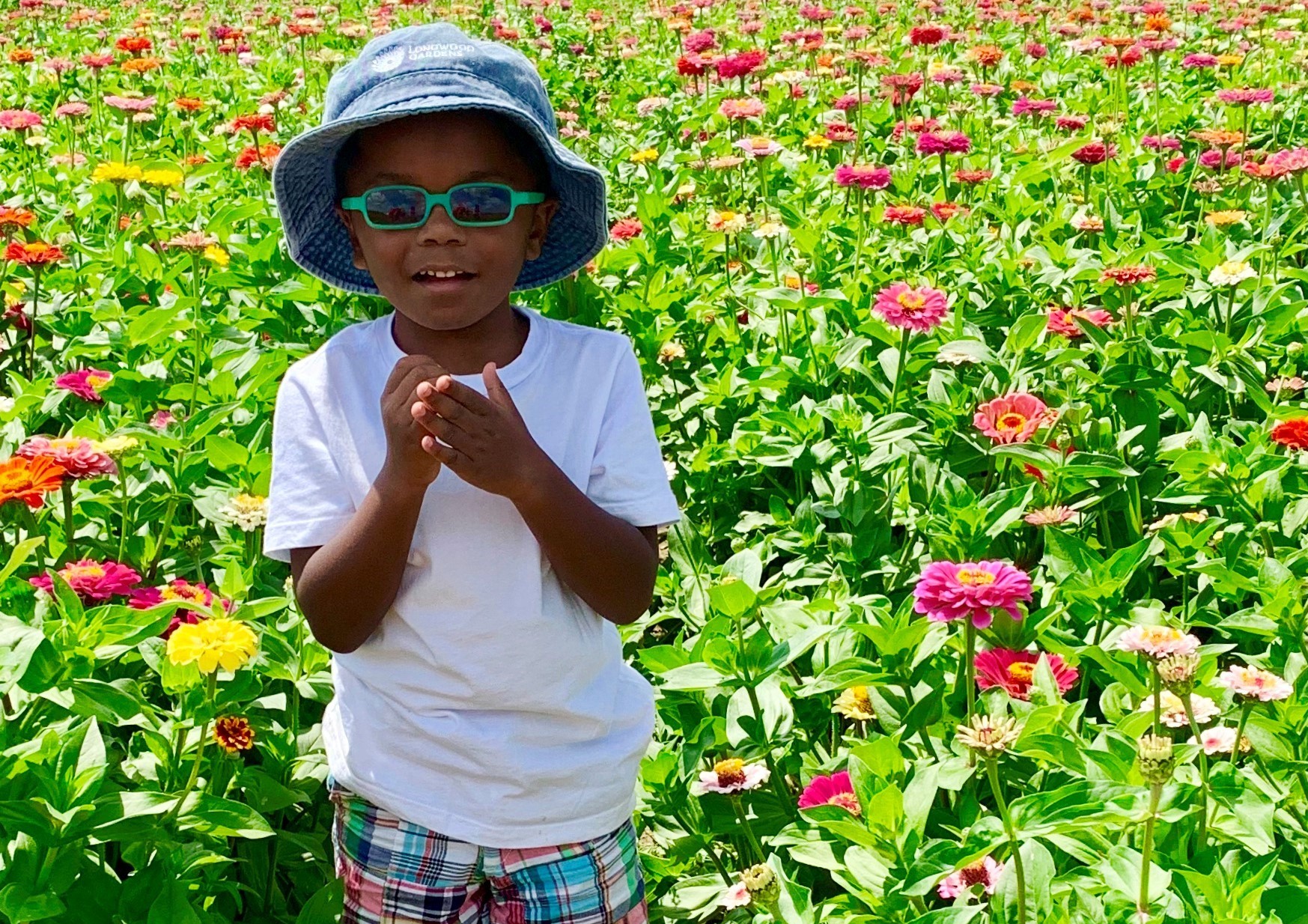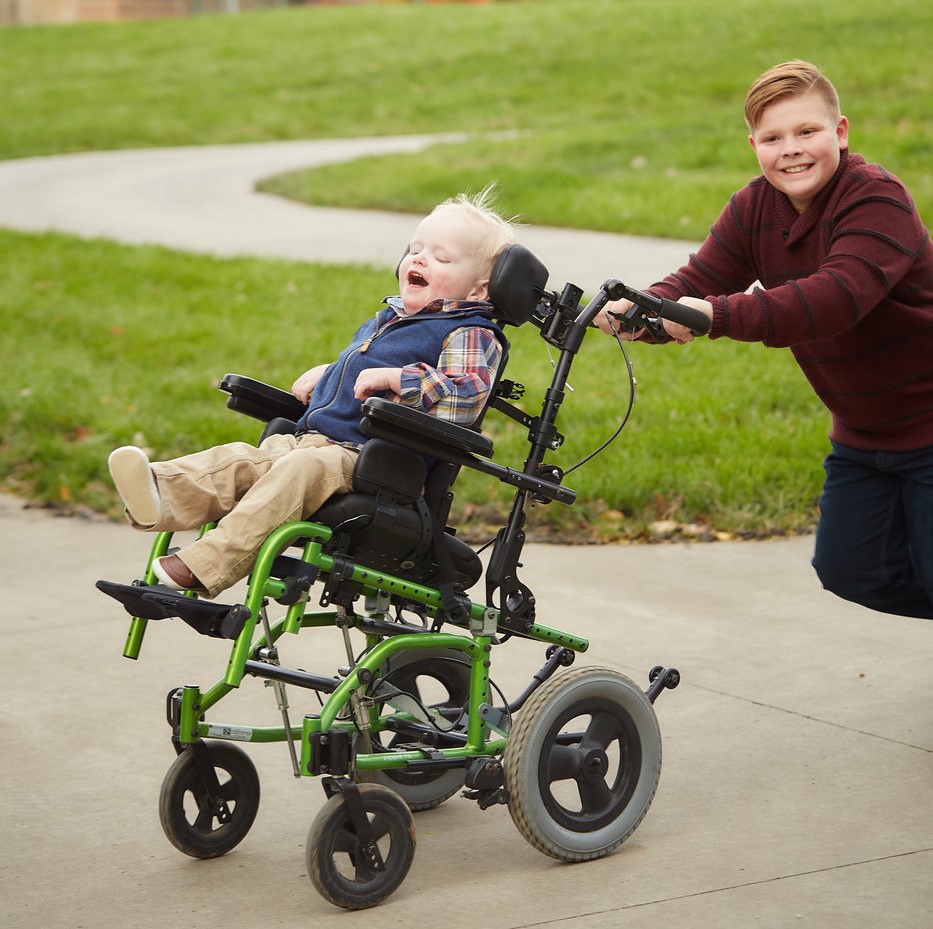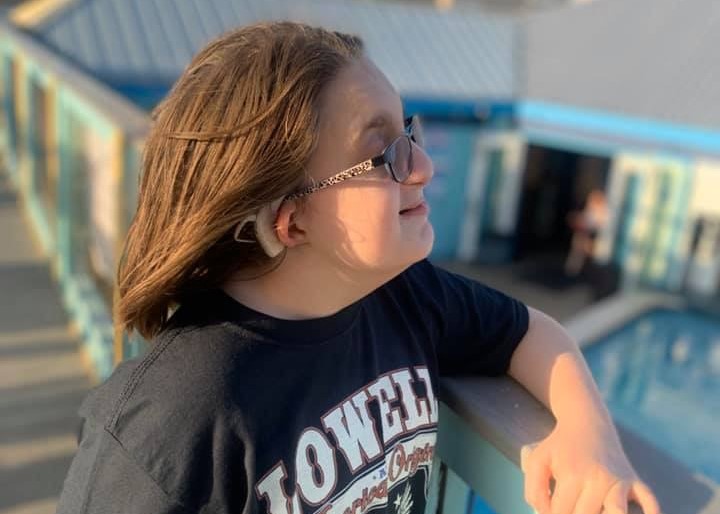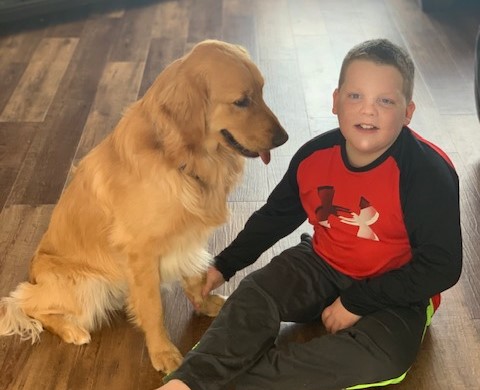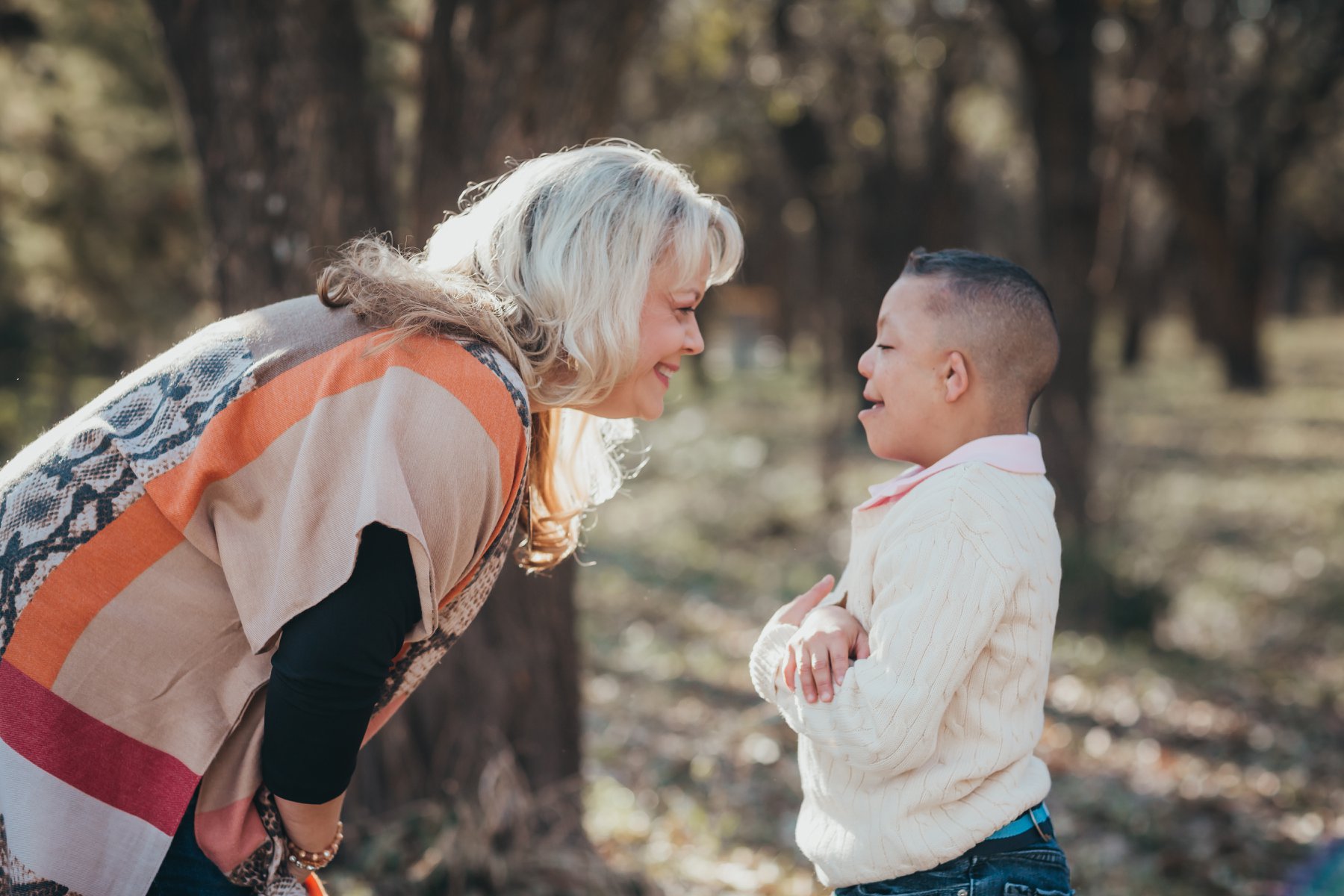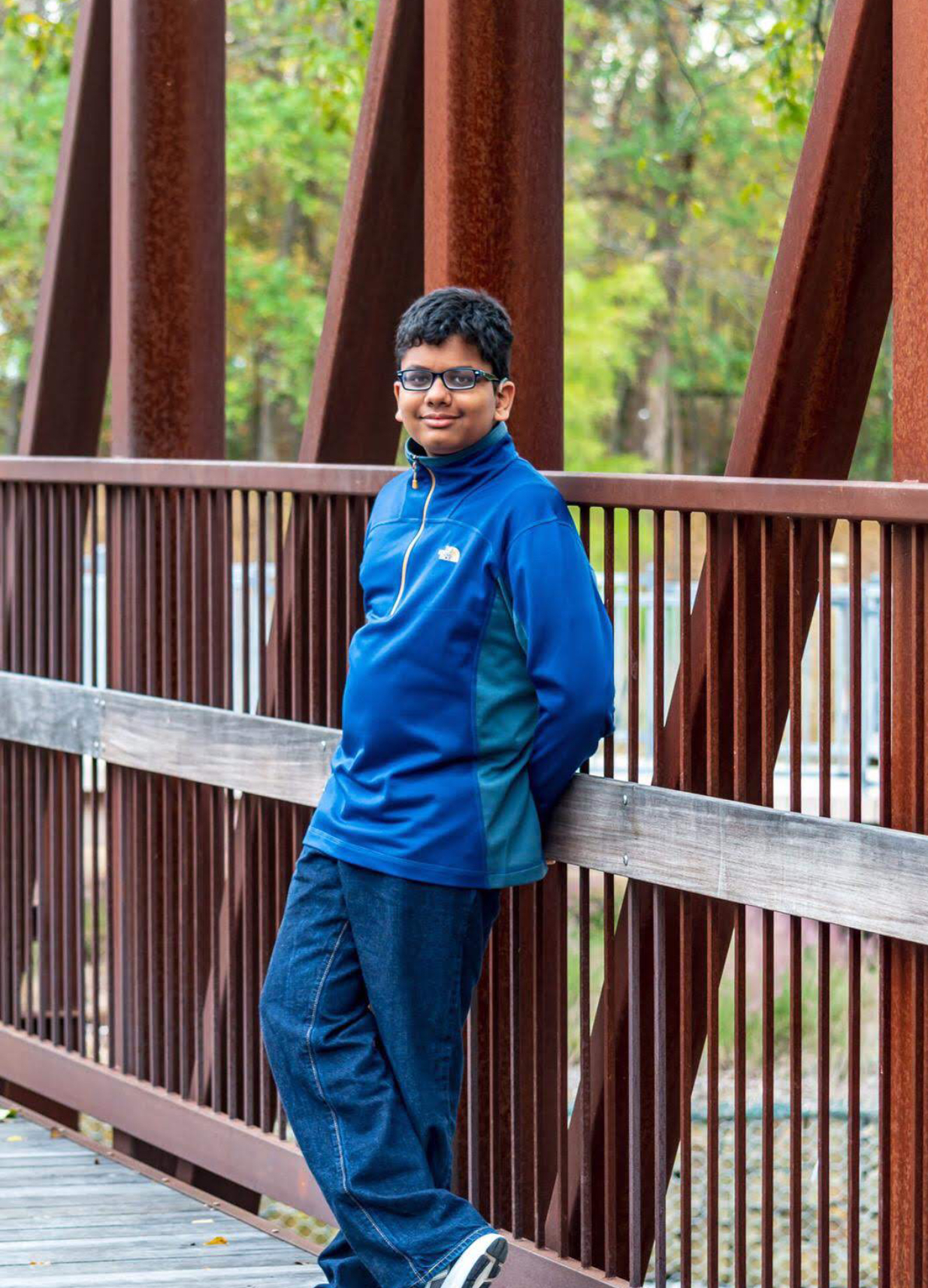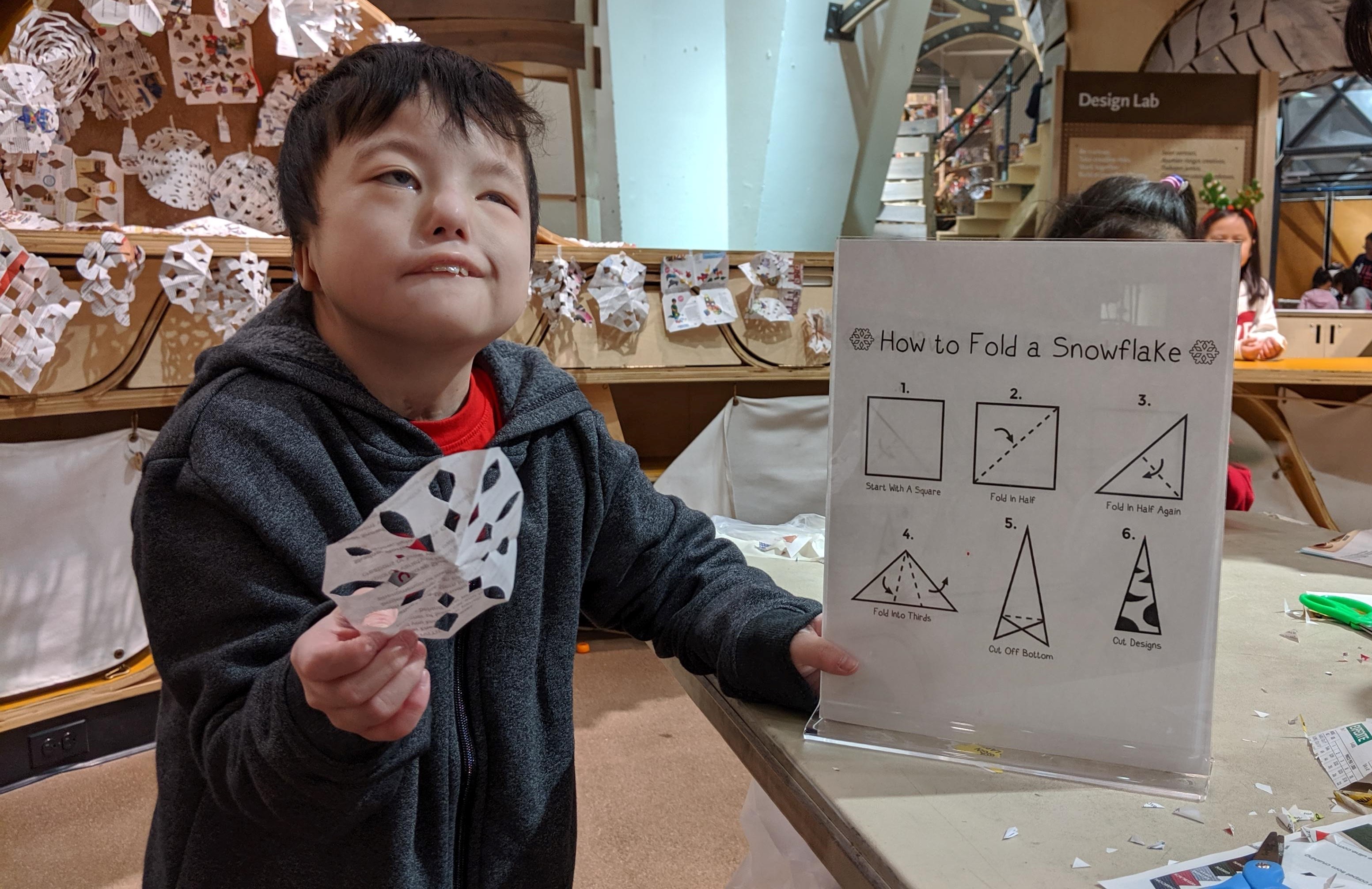Deafblindness Overview
Deafblindness is a rare condition in which an individual has combined hearing and vision loss, thus limiting access to both auditory and visual information.
This page provides an overview and links to additional resources on the following aspects of deafblindness in children and youth:
For a quick look at what deafblindness is, how many children are affected, and how children who are deafblind learn and communicate, see
Profiles
We hope you enjoy the following profiles of eight children who are deafblind (be sure to click through all the slides!). Thanks to all the kids and families who shared their photos and stories.
Causes of Deafblindness
There are many causes of deafblindness. Those that are present or occur around the time a child is born include prematurity, childbirth complications, and numerous congenital syndromes, many of which are quite rare. Deafblindness may also occur later in childhood or during adulthood due to causes such as meningitis, brain injury, or inherited conditions.
It is not uncommon for the same conditions that cause deafblindness to also lead to additional cognitive, physical, or other disabilities and health care needs.
Percentage of Children who have Additional Disabilities
| Additional Disabilities | % of Children |
|---|---|
| Cognitive | 64 |
| Physical | 58 |
| Complex health care needs | 51 |
| Behavioral | 9 |
| Other | 19 |
| One or more additional disabilities | 87 |
Most Common Causes
The most common causes of deafblindness in children and youth in the U.S. are:
Complications of Prematurity
Hereditary Syndromes/Disorders
Examples:
- CHARGE Syndrome
- Usher syndrome
- Down syndrome (Trisomy 21 syndrome)
Prenatal complications
Examples:
- Cytomegalovirus
- Hydrocephaly
- Microcephaly
Postnatal complications
Examples:
- Asphyxia
- Severe Head Injury
- Meningitis
Vision and Hearing
The type and severity of vision and hearing loss differ from person to person. The tables below show the percentages of children and youth with each of the types of vision and hearing loss reported in the 2019 National Deaf-Blind Child Count.
| Type of Vision Loss | % of Children |
|---|---|
| Totally blind or light perception only | 10 |
| Legally blind | 23 |
| Low vision | 33 |
| Functional vision loss | 23 |
| Progressive vision loss | 4 |
| Further testing needed | 7 |
28% have cortical vision impairment
| Type of Hearing Loss | % of Children |
|---|---|
| Severe to profound loss | 31 |
| Moderate to moderately severe loss | 34 |
| Mild loss | 14 |
| Functional hearing loss | 12 |
| Progressive loss | 1 |
| Auditory neuropathy | 6 |
| Further testing needed | 8 |
12% have cochlear implants
Learn More
Information About Hearing Loss
Hearing Loss in Children (Centers for Disease Control and Prevention)
Baby’s Hearing (Boy's Town National Research Hospital)
Auditory Neuropathy (National Institute on Deafness and Other Communication Disorders)
Auditory Neuropathy Parent Webinar, 35-minute video (Michigan Medicine)
Information About Vision Loss
Glossary of Eye Conditions (American Foundation for the Blind)
Selected Anomalies and Diseases of the Eye (Texas School for the Blind and Visually Impaired)
Types of Low Vision (Chicago Lighthouse)
Cortical Visual Impairment (Pediatric Cortical Visual Impairment Society)
CVI Now (Perkins School for the Blind)
Education
Because deafblindness significantly impacts a child or youth's ability to access information, communicate, and interact with other people, it has profound implications for educational services. The limited sensory channels available for learning necessitate developing a highly-individualized program for each child that addresses their interests and unique ways of learning. Sensory deficits can easily mislead even experienced educators into underestimating (or occasionally overestimating) intelligence and constructing inappropriate programs. Assessment is crucial every step of the way. (Miles, 2008)
Both the beginning and end of a child's education require special attention. It's important for children with deafblindness to be identified early in life when the brain is most sensitive to learning and begin receiving appropriate intervention as infants and toddlers. Once a child reaches age 14, it's time to begin careful planning and preparation for successful transition to employment, post-secondary education, and life in the community when they leave school.
It is critical that families and educators have access to training and support regarding the assessment and education of infants, children, and youth who are deafblind. Each state has a federally-funded deafblind project that provides information and assistance.
Learn More

References
Miles, B. (rev. 2008). Overview on deaf-blindness. DB-LINK: The National Information Clearinghouse on Children Who Are Deaf-Blind.
National Consortium on Deaf-Blindness. (2007). Children who are deaf-blind.
National Center on Deaf-Blindness. (2019). 2018 national child count of children and youth who are deaf-blind report.
